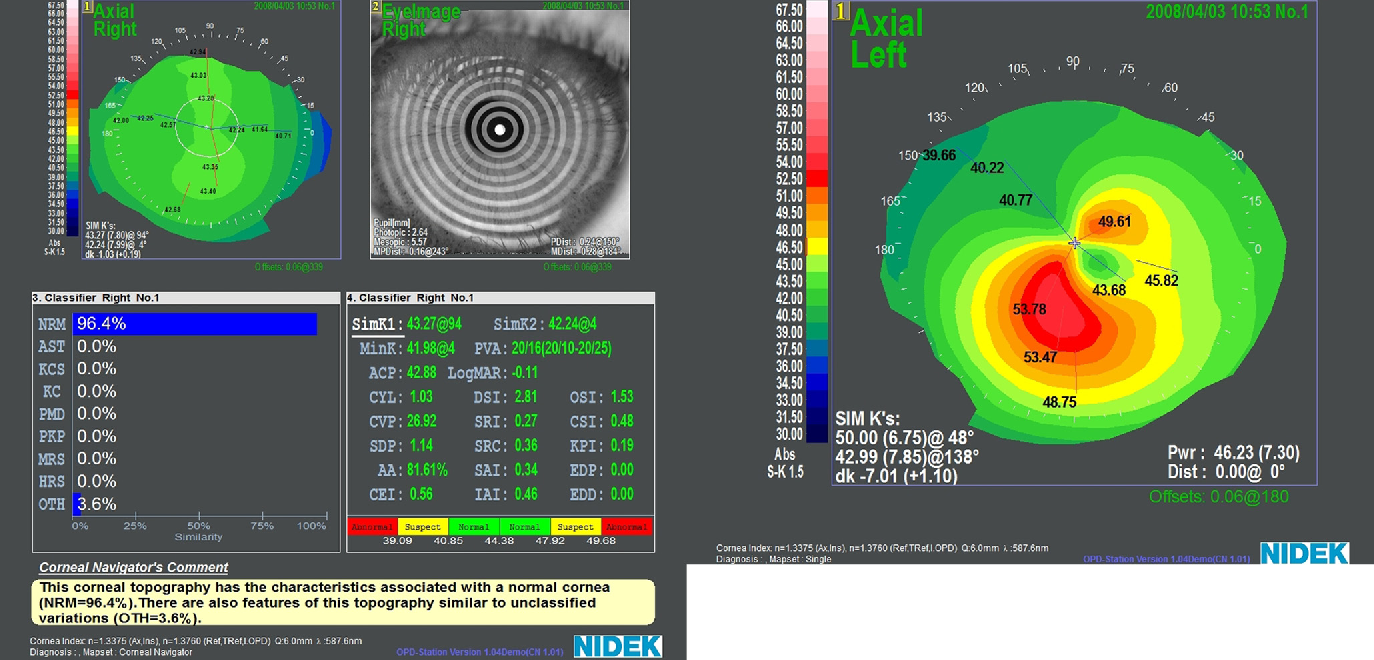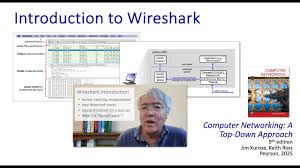What is WB-CLMI? Exploring Wideband Closed Loop Mutual Information Technology
telcomatraining.com – In recent years, technology has made tremendous strides, revolutionizing communication systems across various industries. One such innovation that stands out in the field of communication is the Wideband Closed Loop Mutual Information (WB-CLMI) technology. But what exactly is WB-CLMI, and how does it contribute to modern communication? In this article, we will delve into the details of WB-CLMI, its significance, and its applications in advanced wireless communication.
Understanding WB-CLMI
WB-CLMI stands for Wideband Closed Loop Mutual Information. It refers to a sophisticated technology used in wireless communication systems to enhance the efficiency of data transmission. At its core, WB-CLMI aims to optimize the flow of information in a communication channel by analyzing and adjusting the interaction between the transmitter and receiver in real-time.
The term “wideband” refers to the use of a broad frequency spectrum for communication, which allows for faster data rates and more reliable signal transmission. “Closed loop” indicates the continuous feedback mechanism between the transmitter and receiver, which is essential for dynamic adjustments in response to changes in the channel environment. Finally, “mutual information” is a measure of the amount of information shared between the transmitter and receiver, which is crucial for ensuring effective communication.
WB-CLMI works by constantly monitoring and adjusting various factors that affect signal quality, such as noise, interference, and fading. By continuously optimizing these factors, the technology ensures that the maximum possible amount of information is transmitted efficiently.
Key Features of WB-CLMI Technology
- Real-Time Feedback Mechanism: One of the standout features of WB-CLMI is its ability to provide real-time feedback to both the transmitter and receiver. This feedback loop allows the system to adapt to changing environmental conditions, such as signal interference or varying network traffic. By making adjustments based on real-time data, WB-CLMI helps maintain optimal communication performance.
- Wideband Utilization: WB-CLMI takes full advantage of wideband communication, meaning it can use a large frequency range to transmit signals. This is particularly important in modern wireless systems where high-speed data transmission is crucial. With WB-CLMI, users can experience faster download and upload speeds, reduced latency, and better overall performance.
- Enhanced Channel Capacity: The technology optimizes the mutual information between the transmitter and receiver, which directly improves the channel capacity. This means that more data can be transmitted within the same bandwidth, making the system more efficient and capable of handling larger amounts of data traffic without compromising quality.
- Improved Signal Reliability: By continuously adapting to the changing conditions of the wireless environment, WB-CLMI helps to minimize the impact of signal degradation due to factors like interference or fading. This leads to more reliable communication, even in challenging environments.
Applications of WB-CLMI Technology
- 5G and Beyond: WB-CLMI plays a crucial role in the development of next-generation communication systems, such as 5G and beyond. With the increasing demand for high-speed data, low latency, and reliable connections, WB-CLMI provides the necessary optimization to meet these needs. It helps ensure that 5G networks can handle the massive amounts of data expected in applications such as autonomous vehicles, smart cities, and the Internet of Things (IoT).
- Wireless Networks: In traditional wireless networks, signal degradation and interference are common challenges. WB-CLMI addresses these issues by continuously adjusting the transmission parameters based on real-time feedback. This makes it ideal for use in both indoor and outdoor wireless communication systems, including Wi-Fi, LTE, and other wireless technologies.
- Satellite Communication: Satellite communication systems can greatly benefit from WB-CLMI due to their reliance on long-range signals that are susceptible to interference and signal fading. By optimizing mutual information in real-time, WB-CLMI enhances the reliability and efficiency of satellite communication links, ensuring better coverage and faster data transmission.
The Future of WB-CLMI
As the demand for faster and more reliable communication continues to grow, WB-CLMI technology will become increasingly important. Its ability to optimize communication in real-time, combined with its wideband capabilities, makes it a key player in the development of future wireless communication systems. In particular, it will be instrumental in realizing the full potential of 5G networks and ensuring that the communication infrastructure can keep up with the growing demands of data transmission.
Conclusion
WB-CLMI technology is a groundbreaking advancement in the field of wireless communication. By leveraging the power of real-time feedback, wideband frequency utilization, and mutual information optimization, WB-CLMI ensures more efficient, reliable, and high-capacity communication. As we move toward the next generation of wireless networks, WB-CLMI will play a pivotal role in shaping the future of communication technology. Whether it’s 5G, satellite communication, or wireless networks, WB-CLMI is set to enhance the way we connect, share, and communicate in the digital age.







